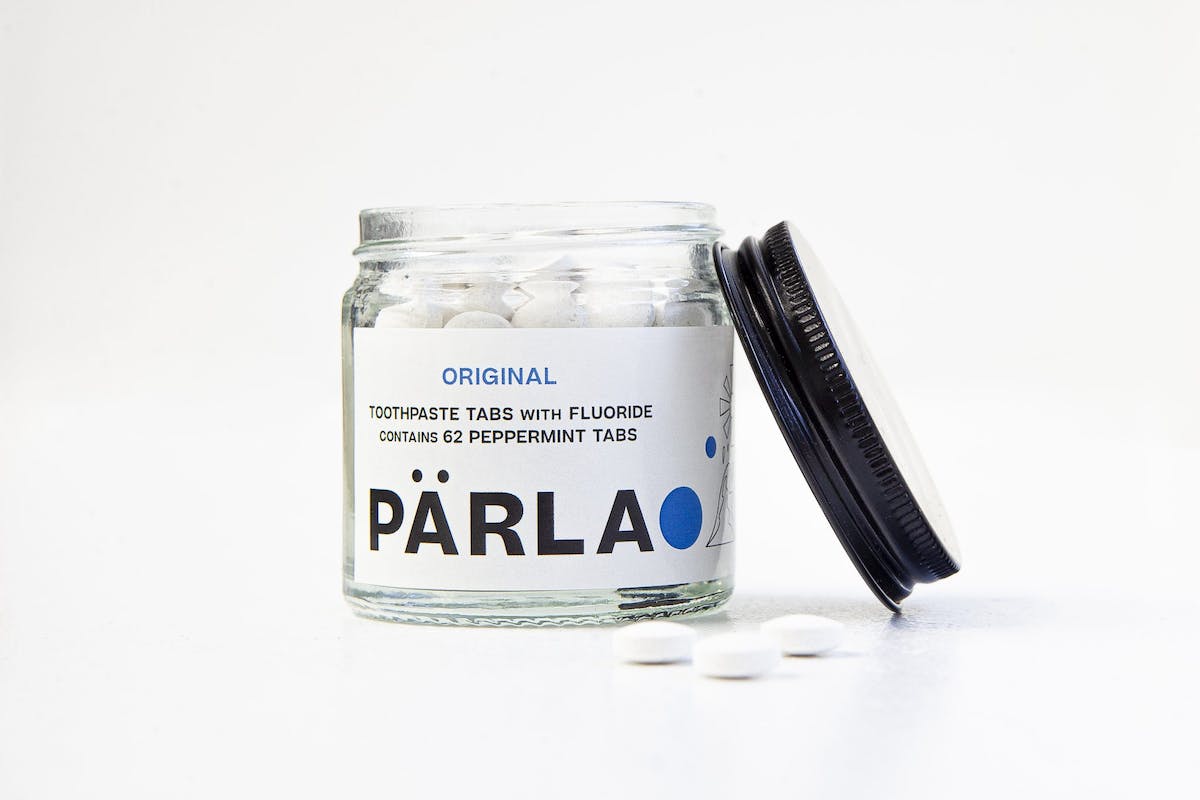As Kermit the Frog sang, “it’s not easy being green”. There’s a big difference between saying something is good for the environment, and saying something is less harmful to the environment. There seems to be an increasing number of brands and companies saying the former, when what they really mean is the latter. This is known as “greenwashing”.
Is your product/service actually good for the environment? For example, does it help restore it or actively benefit it in some way? Or, is it just less damaging to the environment than other similar options on the market?
Our personal choices have an impact on how we help the environment
These are the kinds of questions facing us all with the evidence of climate change so obvious in the world today. It can be an overwhelming thought, and how to fix it with our own choices can feel huge too. We can’t all just stop driving cars, for example, but we can pledge not to drive our cars on any journeys of a mile or less. We can’t necessarily stop flying in planes, but we can choose to spend some holidays closer to home and go by train.
Even at home, we can make choices that have an impact. Personally, I have traded my plastic toothbrush and toothpaste tube for a bamboo toothbrush and Parla toothpaste tablets in a nice refillable jar. Laundry products and dishwasher tablets, you name it – there will be a more sustainable choice out there. Looking at your electricity and gas consumption, insulation and food choices are all other ways in which we can help the environment.


What can businesses do to help the environment?
When it comes to business, we can also look at savings – both financial and for the environment. Lighting that turns off automatically when rooms are not in use, making sure monitors and other electrical items are switched off whenever not in use, recycling any waste you can, and fix any leaking taps – these are all good examples of saving money and the Earth. To make further steps to improve, you can sign up with a company like Ecologi, who can help support you to take steps to offset your carbon footprint with tree planting and other special projects.
To be carbon-neutral is a great target for any business – it’s not easy, but it can be attainable by buying carbon reduction credits to balance your emissions. However, the real giant step is to achieve Net Zero by reducing emissions in line with latest climate science – this means not only is your company doing everything it can to make itself sustainable, but it is ensuring that all its suppliers do too. This means Net Zero must cover direct and indirect emissions, such as supply chain emissions. Find out more through Ecologi’s article on Carbon-Neutral vs. Net-Zero: what’s the difference?
Finally, it’s worth remembering the internet costs a lot to power: over 400 terawatt-hours per year. While an individual website’s footprint is small, it all adds up: did you know that the internet is responsible for around 3.7% of global greenhouse gas emissions. That’s similar to the amount produced by the global airline industry. So, we really need to think about the best way we can host software and conduct our business.
This is something that Avrion is always thinking about and we’re always looking to make changes for the better.
Further information
If you’d like to learn more about how Avrion is working to offset its carbon emissions, you may find our article ‘From sapling to forest, our foray into carbon offsetting with Ecologi’ of interest. Or, if you’d like some guidance on what your business could do to help the environment, contact us and we’d be more than happy to chat.
- Tel: +44 (0)1992 661244
- Email: enquiries@avrion.co.uk
- Web form here
- Subscribe to our YouTube channel


